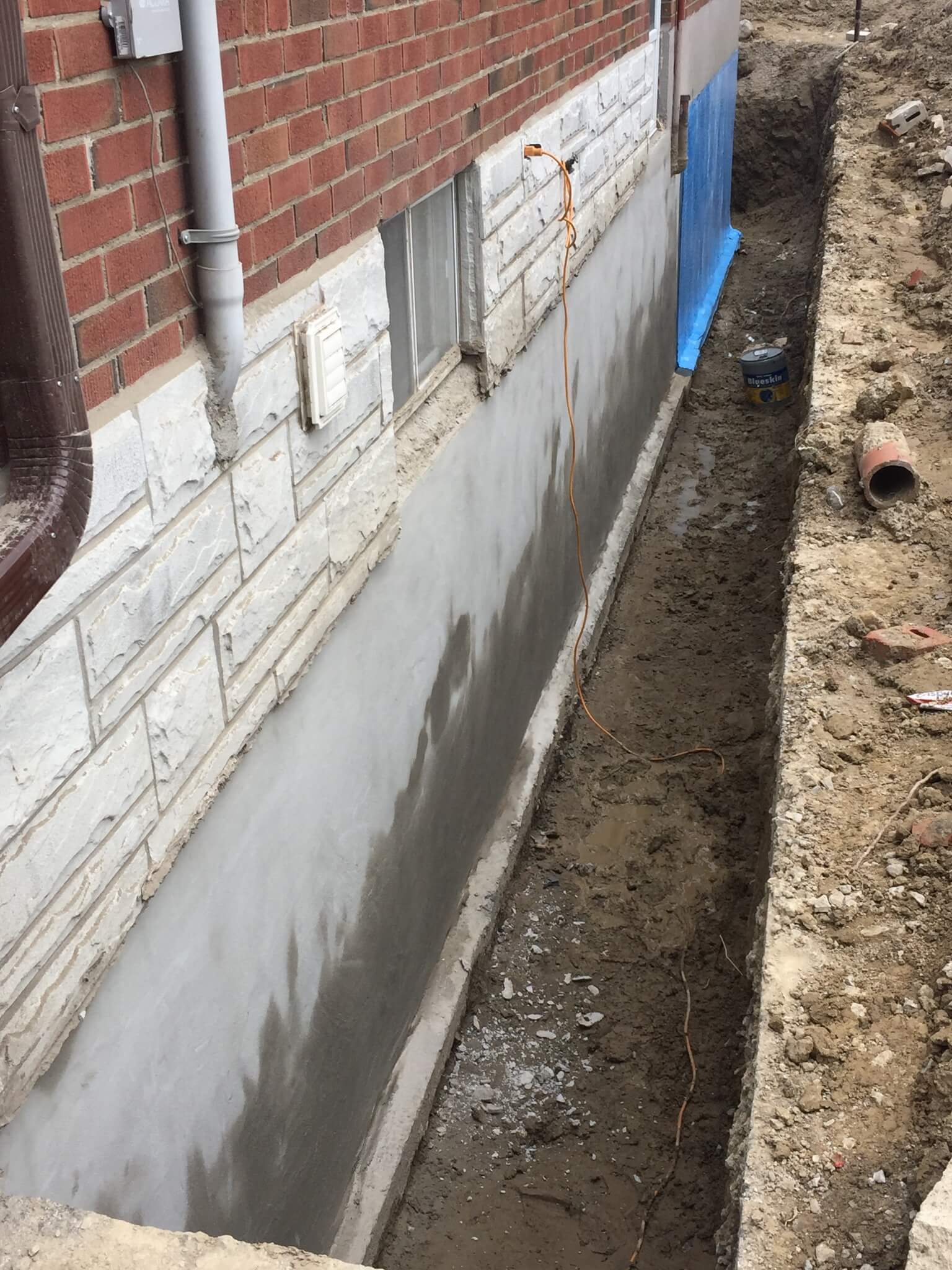The process of waterproofing is a essential aspect of maintaining the stability and durability of water tanks and swimming pools, as well as homes and buildings in general. Damage from water can lead to expensive repairs, health hazards, and structural problems if overlooked. Whether you’re dealing with a cellar that gets waterlogged during intense storms or a swimming pool that leaks, understanding the importance of effective waterproofing techniques is necessary for any real estate owner. This article will lead you through the most effective practices in waterproofing, helping you protect your investment and ensure a safe environment for your loved ones.
In an age where the consequences of water damage can be catastrophic, knowing how to properly waterproof your buildings becomes increasingly critical. From challenging common waterproofing myths to exploring the nuances between interior and outside solutions, we will address everything you need to know about mitigating water-related issues. Join as we delve into how waterproofing can save you thousands in repairs and the clues that indicate your building might need immediate attention. This comprehensive approach will equip you with the insight necessary to address waterproofing head-on and make educated decisions for your building projects.

### Key Waterproofing Techniques
Successful waterproofing starts with comprehending the specific requirements of your property. Assessing areas that are most susceptible to water damage is crucial. Common problem areas such as basements, roofs, and pools need special care. Regular inspections can help identify any existing issues or potential risks. Establishing a regular maintenance routine can keep these areas well-maintained, stopping water infiltration before it leads to expensive issues.
Choosing the right waterproofing method is essential for long-lasting protection. When it comes to basements, look at both internal and external options, as each offers unique benefits based on your home's architecture. Roof waterproofing is another critical area; flat roofs, in particular, benefit from specialized coatings that prevent leaks. Swimming pools demand an all-encompassing waterproofing strategy to avert leaks and fractures, guaranteeing they stay safe and enjoyable over time. Knowing the correct product for each use will bolster effectiveness and also extend the life of your structures.
Finally, enlisting a professional waterproofing contractor can greatly impact the effectiveness of your waterproofing initiatives. Qualified experts can offer customized strategies that meet the unique challenges of your property. They can also help debunk common waterproofing myths, ensuring you invest in methods that truly work. By employing these essential waterproofing practices, you can safeguard your investment and minimize the risk of expensive repairs down the line.
Typical Moisture Protection Fallacies
Many homeowners think that waterproofing is only necessary for areas that are often subjected to water, including cellars and washrooms. This fallacy can cause neglecting additional areas such as roofs and patios, which are similarly susceptible to water damage. Failing to waterproof those spaces can result in major structural issues over time, which include fungal growth and deteriorating materials. Adequate waterproofing should be taken into account for every aspect of a home, instead of just the easiest to see areas.
Additionally frequent misconception is that all waterproofing products are the same. In reality, different materials and solutions are created for specific purposes and environments. For example, the waterproofing needed for a bath area is different from that required for a cellar. Using the unsuitable type can cause inadequate protection and high repairs. https://aluneed.ca/ should carry out comprehensive research or obtain professional guidance to pick the right products for their requirements.
Some people also believe that once a building has been waterproofed, little further maintenance is needed. This is incorrect, as waterproofing systems can wear out or become impaired over time due to natural conditions or building shifts. Frequent inspections and maintenance are crucial to maintain continued functionality. Ignoring this consideration can lead to significant water damage and repair costs, undermining the initial investment in waterproofing.
Choosing the Best Moisture-proof Solutions
In regards to selecting waterproofing solutions, understanding the specific demands of your property is crucial. Distinct areas of a building may require individual approaches, such as interior compared to exterior waterproofing. For example, basements may need more durable solutions to combat moisture from the soil, while roofs require materials that cope with harsh climatic conditions. Evaluating the conditions, atmospheric conditions, and the overall structure will guide you toward the most effective waterproofing options.
It's also necessary to think about whether to take a DIY approach or hire a specialist. DIY projects can cut money, but they often come with risks if not done properly. Expert waterproofing solutions may be more cost-effective in the long run, as they typically include guarantees and comprehensive reviews. Knowing the pros and disadvantages of each option can help you make educated decisions that align with your budget and building’s specifications.
In conclusion, explore various waterproofing materials available in the industry. From coatings to membranes, the appropriate product can enhance protection against water damage significantly. Look for options that are environmentally friendly and have a proven track record. Research reviews, request recommendations, and don’t be reluctant to speak with waterproofing experts to ensure you choose trustworthy solutions that will provide enduring protection for your building or home.
